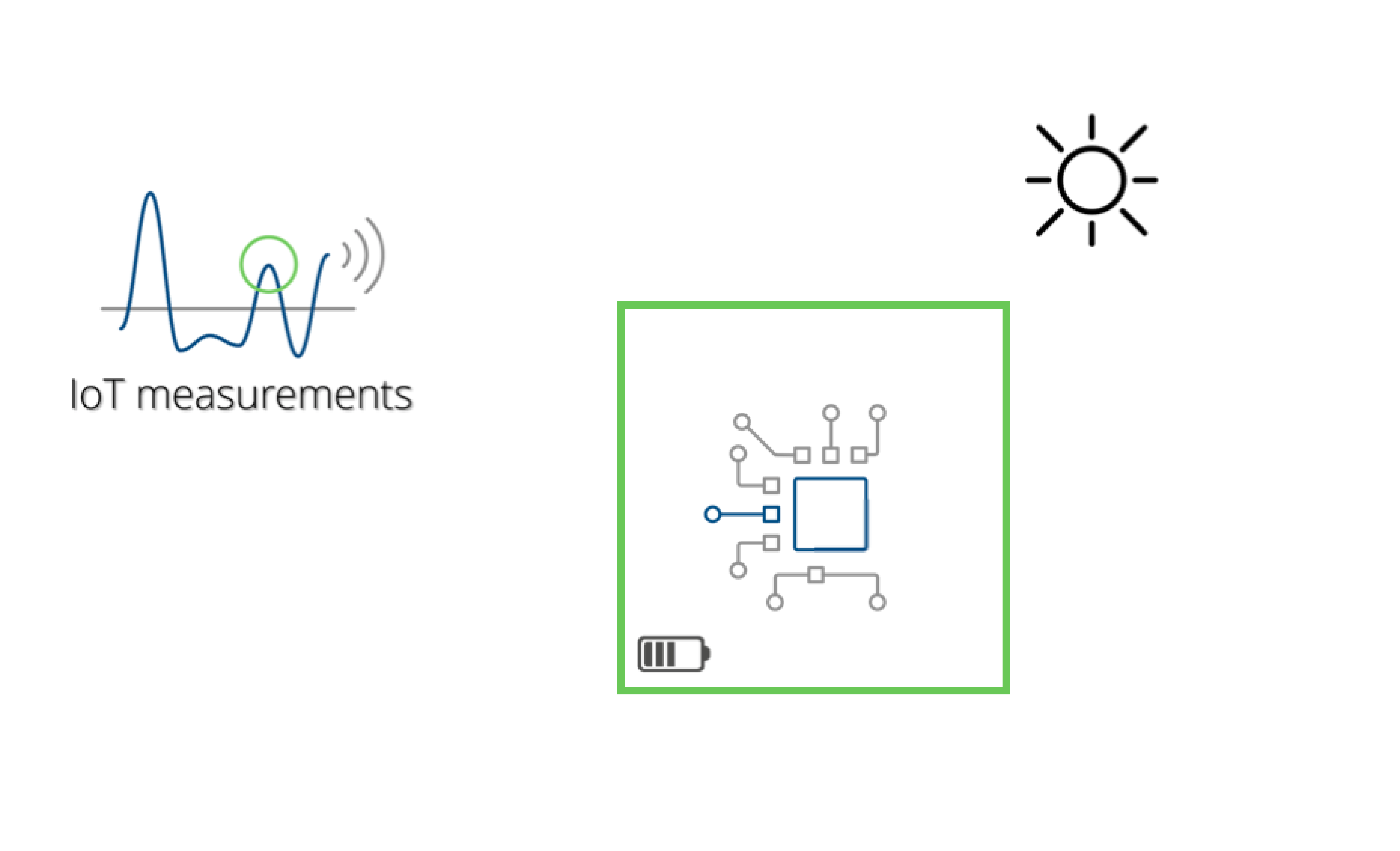
What are the most important criteria to consider when choosing a sensor? In my last post I wrote about the measurement aspects when selecting sensors for your IoT application. If you haven’t read that one yet, it’s available here. Now in this post I will dive into some other general aspects such as form factor and life time.
Keep in mind that the things discussed in this post are important throughout the process of selecting sensors: from defining the requirements, to evaluating measurements. You can read more about the full development cycle in the post The process of selecting and evaluating IoT sensors. Now let’s get started with the general sensor aspects!
Energy consumption – Not just for the sensor
It’s very important to keep the power consumption low if your IoT device will not be connected to a power grid. It’s not just the sensor consumption that is relevant, the full measurement principle has to be evaluated with respect to power consumption. Look at the full picture; sensor, data processing and transmission of data. The different parts all contribute to the power consumption at the same time as they are dependent on one another. Do the analysis on alternative system solutions. The total power consumption is what’s important.
Production and testability
Start thinking of production and your future testing needs early. How will your product be tested in production? Ramping up volumes later on will put demands on short test times. Many complex sensors have built in test functions that makes testing in production easier. For example, an accelerometer can be hard to test in the real environment, and then a built in test function might be a need to be able to test the quality of each unit.
Surrounding environment
Do an analysis of the surrounding environment which the sensor will operate in. Check the sensor specification so that it is functional in e.g. the temperature range and humidity range it will operate in. Think about dust conditions, vibrations and any other special environmental aspects.
Form factor
Are there any restrictions on size and weight for your application? Will your IoT product be integrated into building elements or other products? Aesthetic aspects? Any other requirements on the form factor?
Life span
A IoT device will often be used for many years, perhaps located somewhere where maintenance is hard or impossible. The device should not just operate over a long time period, it should also deliver reliable measurements throughout its life. Therefore it’s important to evaluate measurement drift over time due to aging and the surrounding environment. Think about how much the drift will affect your application and find out how much drift is acceptable. Accelerated aging tests may be required to assess measurement drift and overall lifetime.
Interface
There are a range of interfaces for sensors, starting with the major division into analogue signals or digital protocols, for example SPI or I2C. It’s a good idea to wait, and not pick an specific interface early in a rush to get the electronic development moving forward. It’s a better idea to start by selecting the sensor based on the measurement aspects and then adopt the electronics accordingly. This way you are more open to optimizing the sensor selection based on what you actually want to achieve.
So now you have some starting points to think of when designing your sensor node. Good luck with your sensor selection, and let me know if you have any questions or if there’s something I missed.
By Karin Hellqvist

Linus Amoli
CPO
